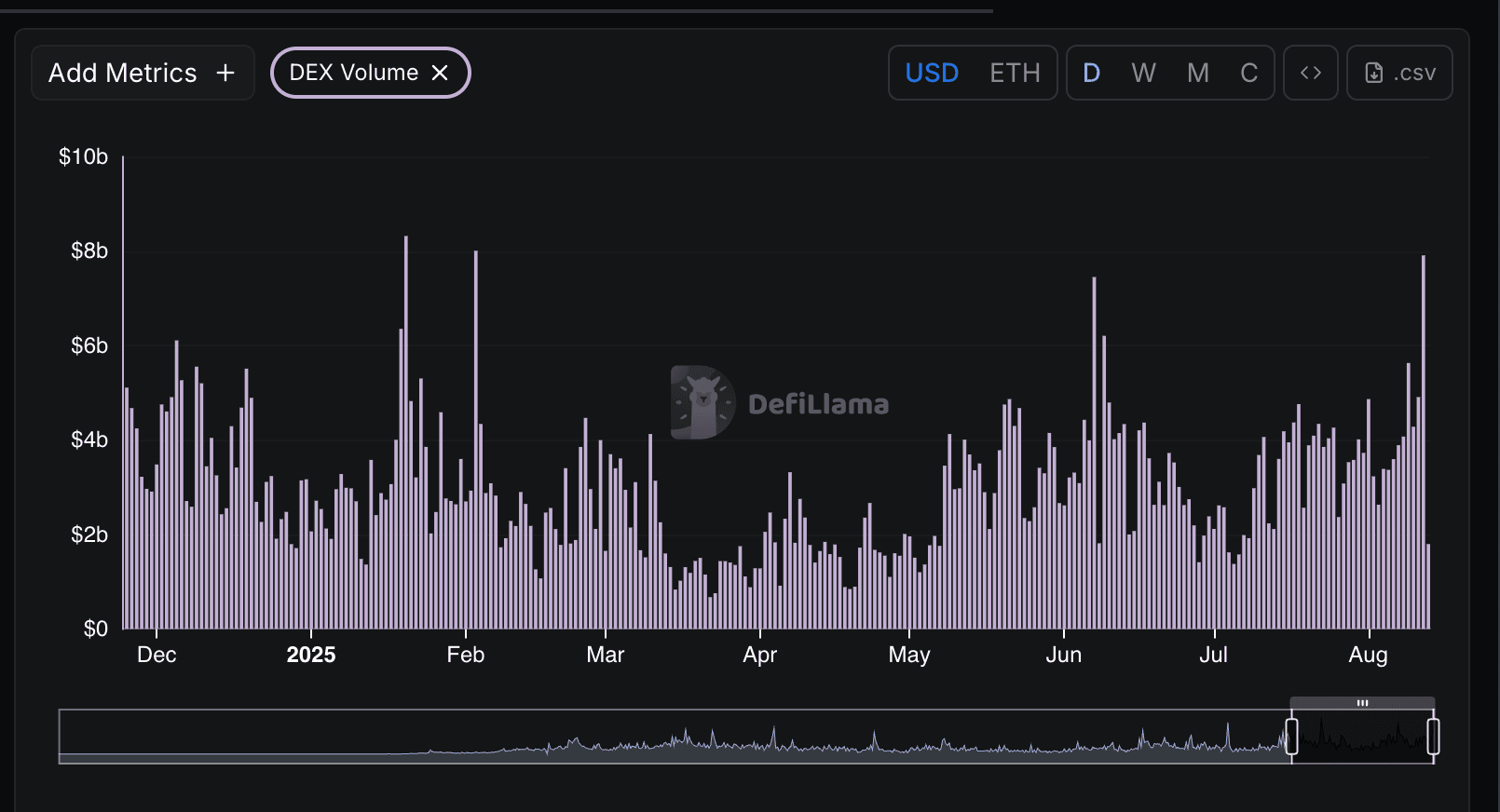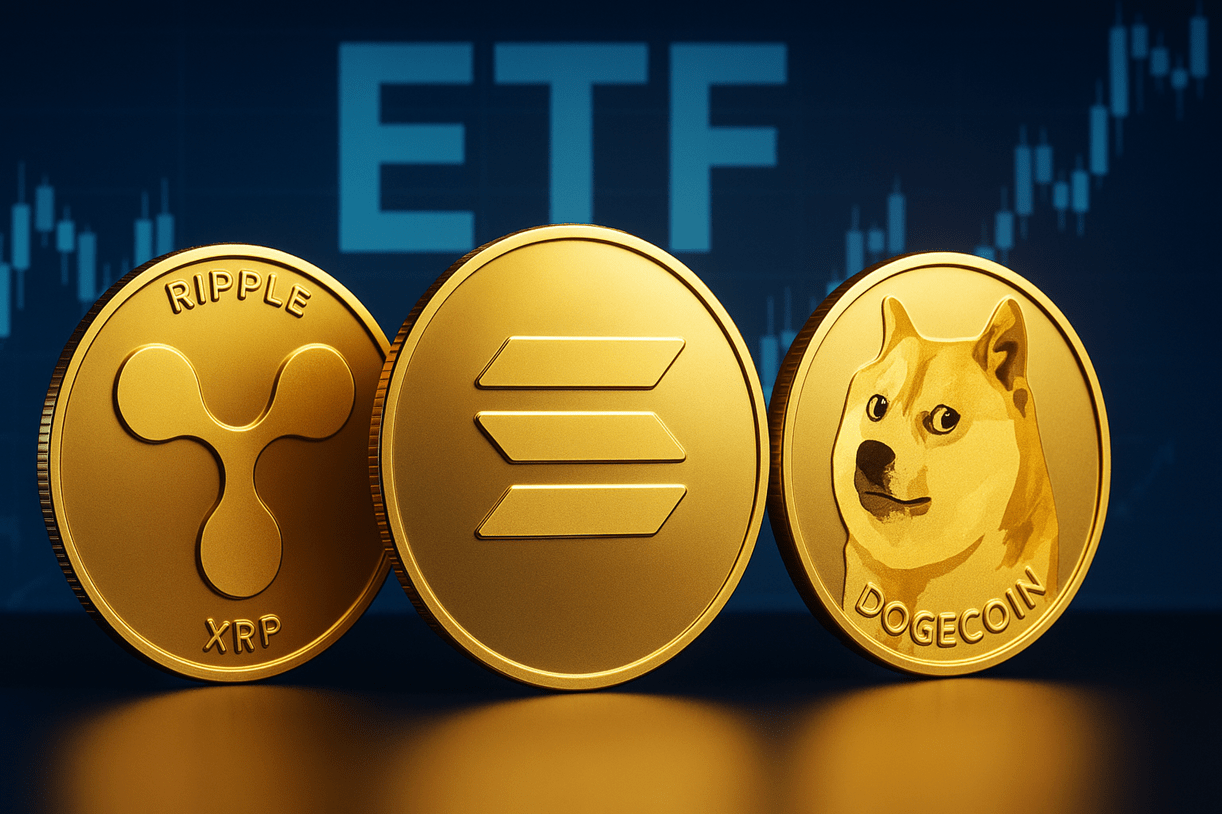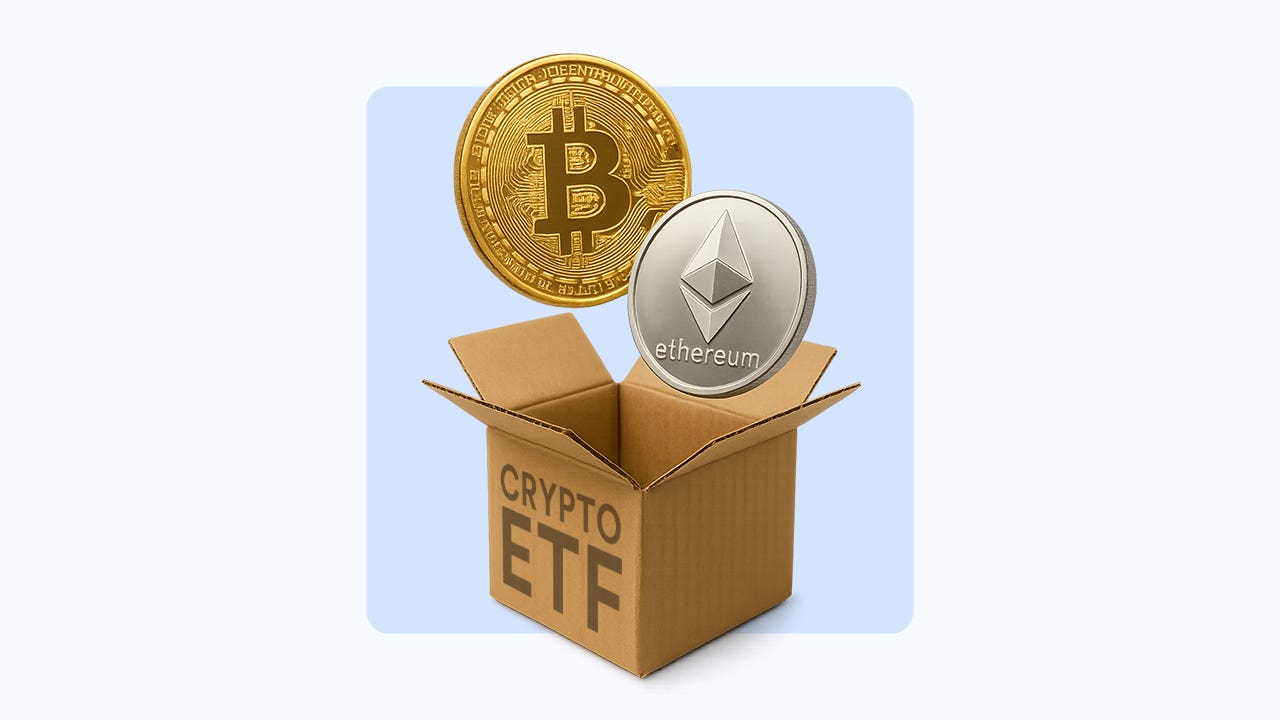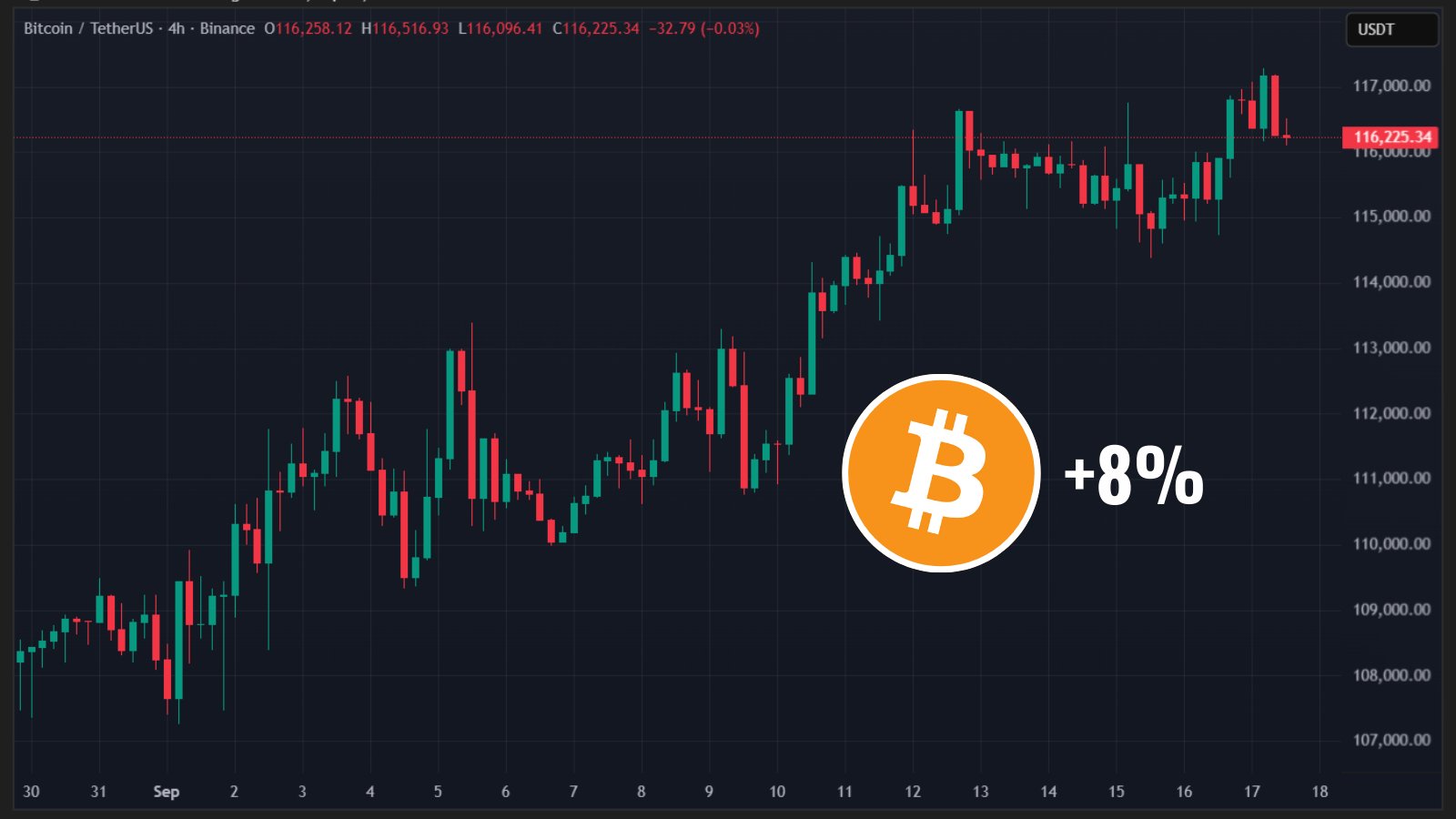
On September 18,2025, the U. S. Securities and Exchange Commission (SEC) fundamentally changed the landscape for crypto ETFs by approving new generic ETF listing standards. This move allows leading exchanges like NYSE, Nasdaq, and Cboe to list crypto exchange-traded products (ETPs) without waiting for individual SEC sign-off – provided the products meet a clear set of criteria. For investors and issuers alike, this is more than regulatory housekeeping. It’s a catalyst that will accelerate the approval process for crypto ETFs in 2024 and beyond, slashing launch timelines from months to weeks.
SEC Generic ETF Standards: What Changed?
The core shift lies in removing the need for every crypto ETF application to undergo its own lengthy review under Rule 19b-4. Under these new standards, an ETP can qualify if its underlying asset:
- Trades on a market that is a member of the Intermarket Surveillance Group (ISG)
- Has active futures contracts regulated by the Commodity Futures Trading Commission (CFTC) for at least six months
- Is already represented in an existing listed ETF with at least 40% exposure
This streamlined approach cuts the approval cycle from as long as 240 days down to as little as 75 days. The intent is clear: reduce regulatory friction and open the floodgates for new digital asset ETFs. According to Bloomberg ETF analyst Eric Balchunas, these changes could double the number of U. S. crypto ETFs within a year, possibly adding over 100 new funds to the market (source).
Crypto ETF Approval Process: From Bottleneck to Fast Track
The old regime forced every prospective crypto ETF through a gauntlet of SEC scrutiny – often with political undertones and shifting regulatory goalposts. Now, provided an issuer meets generic criteria, exchanges can bring products like Bitcoin or Solana spot ETFs directly to market without waiting for explicit commission approval each time (source). This is particularly significant given Bitcoin’s current price of $112,789.00, which underscores both institutional demand and market maturity.
This change isn’t just about speed; it’s about predictability. Investors and issuers can now plan launches around known timelines rather than betting on opaque regulatory decisions. For risk managers like myself, this reduces uncertainty but also shifts diligence upstream – making due diligence on underlying assets and surveillance mechanisms even more critical.
Implications for Solana and Other Digital Asset ETFs in 2024
The most immediate impact will be seen in assets that already have established futures markets or are widely traded on ISG-member venues. While Bitcoin remains dominant at $112,789.00 today, other digital assets like Solana are now positioned for far faster ETF approval timelines than ever before (source). Expect issuers to race toward products tracking ETH, SOL, or even diversified baskets – all leveraging these streamlined rules.
This isn’t just theoretical optimism; it’s supported by hard numbers and real-world precedent. Single-stock ETFs exploded after similar generic standards were introduced in traditional markets (source). With digital asset regulation catching up, we’re likely staring down a rapid expansion of investor options – but also new risks around liquidity fragmentation and product complexity.
Bitcoin Price Prediction 2026-2031 Post-Generic ETF Listing Standards
Forecasting Bitcoin’s Price Trajectory After the SEC’s 2025 Generic ETF Listing Standard Approval
| Year | Minimum Price (Bearish) | Average Price (Base Case) | Maximum Price (Bullish) | Year-over-Year Change (%) | Key Scenario |
|---|---|---|---|---|---|
| 2026 | $98,000 | $128,000 | $175,000 | +13.5% | ETF proliferation, high volatility |
| 2027 | $110,000 | $146,000 | $210,000 | +14.1% | Mainstream ETF adoption, increased institutional inflows |
| 2028 | $120,000 | $164,000 | $250,000 | +12.3% | Market maturation, regulatory stability |
| 2029 | $115,000 | $185,000 | $300,000 | +12.8% | Global ETF expansion, macro-economic tailwinds |
| 2030 | $125,000 | $210,000 | $355,000 | +13.5% | Widespread crypto integration, new tech use-cases |
| 2031 | $140,000 | $235,000 | $425,000 | +11.9% | Potential Bitcoin ETF saturation, high innovation |
Price Prediction Summary
Following the SEC’s approval of generic listing standards for crypto ETFs in late 2025, Bitcoin is expected to experience pronounced growth and volatility in the coming years. The streamlined ETF approval process should drive significant institutional and retail capital inflows, supporting higher average prices and expanding both bullish and bearish price ranges. While macroeconomic and regulatory risks persist, the overall outlook is positive, with Bitcoin’s mainstream financial integration and innovation likely to propel it to new highs by 2031.
Key Factors Affecting Bitcoin Price
- Accelerated launch of new Bitcoin and crypto ETFs, driving liquidity and investor access
- Greater institutional adoption due to regulatory clarity and easier ETF listings
- Potential for increased volatility as ETF-driven capital flows amplify both rallies and corrections
- Macro-economic factors such as inflation, interest rates, and global risk appetite
- Ongoing regulatory developments in the US and globally
- Technological advancements in Bitcoin scalability, security, and use-cases
- Potential competition from other digital assets and evolving investor preferences
Disclaimer: Cryptocurrency price predictions are speculative and based on current market analysis.
Actual prices may vary significantly due to market volatility, regulatory changes, and other factors.
Always do your own research before making investment decisions.
For investors, the new SEC generic ETF standards mean more than just a wider menu of products. The real value lies in the increased transparency and competition among issuers. As approval timelines shrink, expect to see tighter spreads, lower fees, and more creative ETF structures. But rapid proliferation comes with caveats: not every new ETF will be well-constructed or liquid, and some may chase speculative narratives instead of delivering robust exposure to underlying assets.

Risk management must evolve in tandem with regulatory progress. With Bitcoin trading at $112,789.00, down 2.53% over the last 24 hours, volatility remains a structural feature of this market. Investors should scrutinize each new ETF’s methodology, underlying asset quality, and surveillance arrangements before allocating capital. The SEC’s move reduces regulatory bottlenecks but does not eliminate risks inherent to digital assets or their tracking products.
What Should Investors Watch Next?
Top 5 Things Investors Should Monitor as Crypto ETFs Proliferate
-

Liquidity and Trading Volume of New Crypto ETFs: As dozens of new crypto ETFs launch, closely track their daily trading volumes and bid-ask spreads on major exchanges like NYSE, Nasdaq, and Cboe. Thin liquidity can lead to higher trading costs and price slippage.
-

Underlying Asset Market Surveillance: Confirm that the ETF’s underlying crypto assets trade on markets that are members of the Intermarket Surveillance Group (ISG). ISG membership enhances fraud detection and market integrity, a key SEC requirement for new listings.
-

Exposure to Regulated Crypto Futures: Many ETFs will qualify by referencing CFTC-regulated crypto futures (e.g., CME Bitcoin Futures). Monitor the liquidity and maturity of these futures contracts, as they impact ETF tracking and risk.
-

Fee Structures and Expense Ratios: With a surge in new products, compare expense ratios and management fees across leading providers like BlackRock, Fidelity, and Grayscale. Lower fees can improve long-term returns, but may also signal aggressive cost-cutting.
-

Impact of Crypto Price Volatility: Crypto markets remain highly volatile. For example, Bitcoin (BTC) is currently priced at $112,789.00, down $2,930.00 in the last 24 hours. Monitor how ETF portfolios respond to sharp price swings and whether they use derivatives or cash holdings to manage volatility.
The next phase will test how exchanges implement these standards in practice. Will liquidity concentrate around marquee products like spot Bitcoin ETFs, or will niche offerings gain traction? How will surveillance-sharing agreements hold up as more exotic assets come online? Institutional adoption is poised to accelerate, but due diligence is non-negotiable, especially as the number of choices balloons.
It’s also worth noting that while the SEC’s framework is a leap forward for U. S. markets, global harmonization remains elusive. Jurisdictions like the EU and Asia-Pacific are moving at different speeds with their own digital asset ETF regulations. Cross-listings and arbitrage opportunities could emerge as a result, adding another layer of complexity for risk-focused investors.
Key Takeaways for 2024
- The SEC’s generic standards slash approval times for compliant crypto ETFs from up to 240 days to just 75 days.
- Expect a surge in new listings across Bitcoin ($112,789.00), Ethereum, Solana and diversified crypto baskets.
- Increased product choice brings lower costs but also demands sharper risk assessment from investors.
- This regulatory shift marks a major step toward mainstream acceptance, but does not reduce inherent digital asset volatility.
Plan your trades, protect your capital: Fast-tracking crypto ETF approvals opens doors but also raises the stakes for due diligence and risk control in an ever-evolving market.




